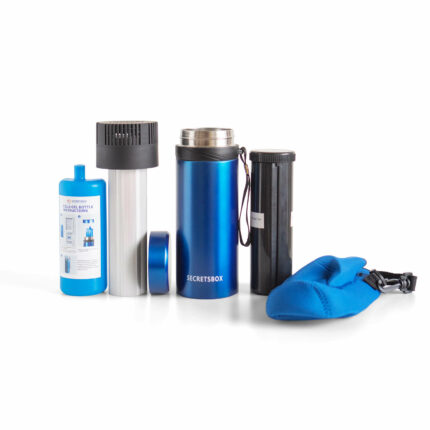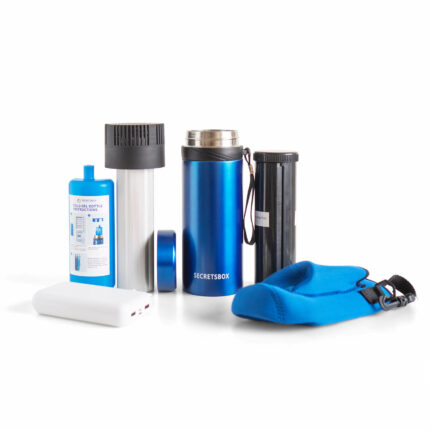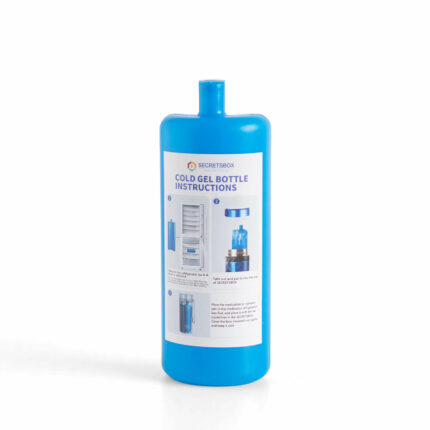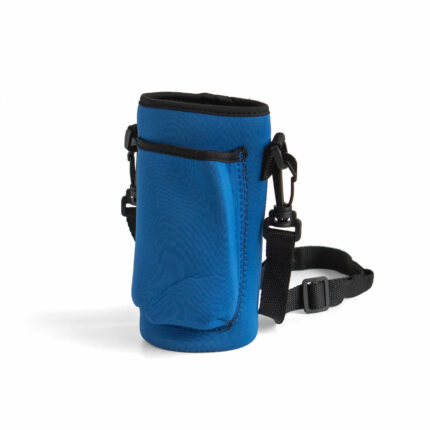Mounjaro (tirzepatide), a medication used for treating type 2 diabetes, is administered through self-injection. Knowing how to inject it correctly is crucial for its effectiveness and safety. This article delves into various aspects of administering Mounjaro, ensuring that you have the necessary information to do it right.
Instructions for Administering a Single Dose of Mounjaro.
How to Prepare for Injection
Before injecting Mounjaro, it’s essential to understand the preparation process. Start by washing your hands thoroughly. Check the medication label to ensure it’s the correct medication and dosage. Inspect the solution; it should be clear and colorless with no visible particles. If it’s cloudy or contains particles, do not use it. Allow the medication to reach room temperature if it has been stored in the refrigerator, as injecting cold medication can be uncomfortable.
Does mounjaro injection hurt ?
Mounjaro (tirzepatide) injections, like any other injections, can cause some discomfort or pain, but the level of pain experienced can vary from person to person. Here are a few points to consider:
- Needle Size: The needles used for Mounjaro injections are usually very fine, which helps in reducing the pain associated with the injection.
- Injection Technique: Proper technique can also minimize discomfort. Injecting slowly and ensuring the medication is at room temperature can help reduce pain.
- Personal Sensitivity: Pain tolerance varies widely among individuals. What might be a mild discomfort for one person could be more painful for another.
- Injection Site Reaction: Some people might experience reactions at the injection site, such as redness, swelling, or itching, which can contribute to a feeling of discomfort.
- Psychological Factors: Anxiety or fear about injections can heighten the perception of pain. Relaxation techniques or distractions during the injection might help ease discomfort.
Generally, the discomfort is brief and manageable. If you’re experiencing significant or prolonged pain after a Mounjaro injection, it’s advisable to consult your healthcare provider to ensure that the injection technique is correct and to rule out any other issues.
Where to Inject Mounjaro
Mounjaro can be injected into three main areas: the abdomen, thigh, or upper arm. The most recommended site is the abdomen, except for a 2-inch area around the navel. Rotate the injection sites within these areas to reduce the risk of lipodystrophy (abnormal or degenerative conditions of the body’s adipose tissue).
How to Inject Mounjaro
After choosing the injection site, clean the area with an alcohol swab and let it dry. Remove the cap from the needle and hold the pen with the needle pointing upwards. Tap the pen gently to remove any air bubbles and check the flow by performing a safety test as directed by the medication guide. Pinch the skin at the injection site, insert the needle at a 90-degree angle, and press the button to inject the medication. Hold the button down and count slowly to 10 to ensure the full dose is delivered.
Why Proper Injection Technique Matters
Proper injection technique is vital for the effectiveness of Mounjaro. Incorrect injection can lead to inadequate dosage delivery, increased discomfort, and potential side effects like bruising or infection. It also ensures that the medication is absorbed properly, providing the maximum benefit.
Signs of Correct Injection
You’ll know you’ve injected Mounjaro correctly if you’ve followed all the steps outlined above and there’s no medication leaking from the injection site. Mild redness or a small bump at the injection site is normal. However, if you experience significant pain, swelling, or prolonged redness, consult a healthcare provider.
When to Seek Medical Advice
If you’re unsure about your injection technique, it’s always best to seek medical advice. Additionally, if you experience any adverse reactions or if the injection site becomes infected, contact your healthcare provider immediately.
Correctly injecting Mounjaro is crucial for its effectiveness in managing type 2 diabetes. By following the correct preparation, injection sites, and techniques, and understanding why they matter, you can ensure you’re administering the medication safely and effectively. Remember, when in doubt, consult a healthcare professional for guidance.








